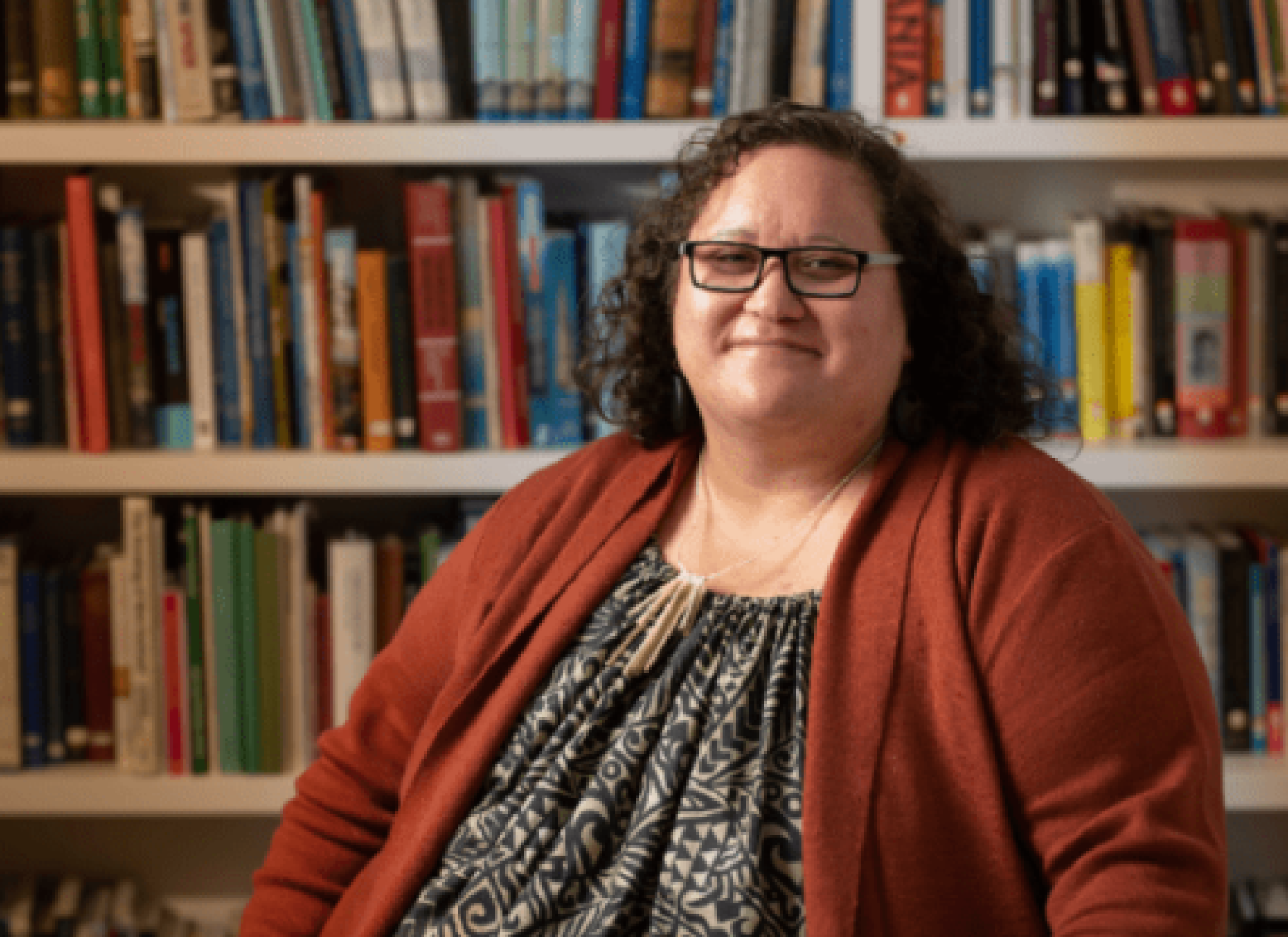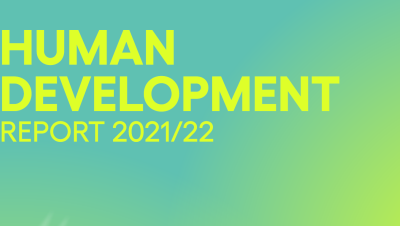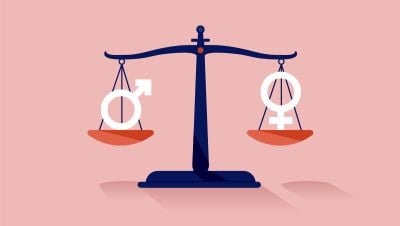This article originally appeared on Devex. Visit the Focus on: People and the Planet page for more.
Recognizing the role of local and Indigenous communities in creating and charting global change is vital, says Krushil Watene, associate professor at Massey University in New Zealand.
According to the United Nations Development Programme’s “Human Development Report 2020” — of which Watene was an advisory board member — many of the world’s healthiest ecosystems are managed by Indigenous peoples and local communities, whose governance systems, values, and traditions often support biocultural diversity and promote environmental stewardship.
Watene explained that Indigenous and local communities often have rich knowledge of an area, of how areas have changed over time, relationships between species, and how sustainability can be practiced based on many thousands of years of stewardship.
“Indigenous knowledges are really valuable for charting sustainable pathways, to look after the planet, and to protect our biodiversity,” she said.
Yet such communities often face barriers — including limited land tenure and rights — when it comes to protecting their homelands. Implementing local and regional policies, as well as global targets and goals, that help to remove these barriers and promote partnerships with local and Indigenous communities will benefit everyone, Watene said.
“In some cases, that's recognizing the mere existence of Indigenous peoples around the world, but it’s also recognizing the work that they do, recognizing the value that they bring to living landscapes and protecting the natural environment,” she said. “But more than that, the value that Indigenous peoples bring to reimagining how we might live better lives together on this planet.”
Speaking to Devex, Watene explained how collaborative ways of working across communities to share knowledge could support sustainable human development and what can be learned from nature-based solutions.
This conversation has been edited for length and clarity.
When it comes to human development and protecting the planet, why is it so important to build synergies between local communities and the conservation of ecosystems?
Well, there are a whole range of reasons. In the report, we talk about the way in which Indigenous peoples manage 20%-25% of the planet's landmass, including upwards of 40% of protected areas. We find Indigenous communities all over the world, from rainforests, for instance, in Southeast Asia and Latin America, to communities in the Arctic and Pacific. One reason is that it just so happens that in some of the most biodiverse places on this planet, Indigenous communities are responsible for taking care of those places and have developed practices for doing just that.
Why is environmental stewardship so central to Indigenous peoples?
A useful place to start is with Indigenous philosophies or ways of thinking about the natural environment. Much of our thinking about the value of the natural environment begins by thinking about value and wellbeing as anthropocentric. We extend our scope of concern outward. We begin with human beings, then we widen the scope to include nonhuman animals, and then even further to different natural entities.
Indigenous philosophy tends to be the other way around. We say that everything matters in some way and so the challenge is to figure out how things matter, how things fit together within a network of relationships, how we navigate the challenges that arise, and what decisions we have to make given that we want to ensure that we enhance the relationships that exist between people and between people and nature.
When you begin with a story about socio-environmental relationships — not ownership — this idea of stewardship and collective flourishing runs at the heart of the philosophy. What falls out of that is this notion of collective continuance — a term that we find in the work of Anishinaabe philosopher Kyle Whyte. What really matters is our capability for collective continuance – to protect and nurture a community’s capacity to thrive well into the future. I take this to be absolutely central to what the report is trying to do.
It’s trying to bring to life this notion that we're part of a much larger journey of intergenerational and planetary well-being. And if we can imagine ourselves as being an important part of that larger story or legacy, then we rethink our ideas about development, and the purpose of development generally.
How can Indigenous and local knowledge be better embedded in and actively connected to policy and governance in a way that also recognizes their rights?
There is much to gain from developments in law, particularly around the rights of nature movement. The granting of legal personhood and rights is becoming more and more widespread in Colombia, Ecuador, Australia, and elsewhere. In Aotearoa — "Land of the Long White Cloud" the Māori name for what is also referred to as New Zealand — legal personhood protections form the basis of the Whanganui River Claims Settlement Act. Similarly, Te Urewera Act grants the forested land of Te Urewera legal recognition in its own right, describing Te Urewera as, for instance, ancient and enduring, alive with history, mystery, beauty, and being a place that inspires people to commit to its care. Decisions like these go some way to ensuring resource protection and a goal of sustainable use by recognizing Indigenous communities as guardians and hosts.
The whole idea is built on trying to work together in ways that recognize different knowledge systems. These developments are part of our evolving legal landscape. These kinds of partnerships go some way to recognizing the rights of Indigenous peoples, their philosophies, and deep connections to land- and waterways.
What can we learn from nature-based solutions?
In Aotearoa, kaitiakitanga [stewardship of customary land- and seascapes] centers human-nature relationships in intergenerational and reciprocal terms. Our responsibilities to our descendants are grounded in our obligations to our ancestors. Fulfilling these obligations requires knowledge of ecosystem health as well as a commitment to socio-environmental values. As such — and in light of the recent United Nations assertion that stewardship values are urgently needed to transform our local and global practices — kaitiakitanga, and the notions of socio-environmental care in all Indigenous communities, can play a fundamental sustainability-guiding role.
Māori communities, for instance, have long challenged top-down and one-dimensional well-being and development thinking. Today, communities all around Aotearoa continue to work tirelessly to restore socio-environmental relationships through urban restoration projects, regenerating forests, restoring our waterways, and rethinking food systems.
With the release of the draft Climate Commission Report, the role of local communities and ground-up thinking has only been further reinforced. What's more, the report notes that Aotearoa has a global responsibility for reducing emissions. Local communities are vital in this regard. Supporting local communities by removing barriers to pursuing low carbon futures and building community capabilities such as collective management approaches is critical.
Aotearoa can be a leading voice in this global conversation, and local communities across the country have a leading role to play. But the same must be said of other countries too. Working in partnership with local communities, and particularly Indigenous communities, everywhere is more important than ever. The pursuit and realization of our global goals are intimately connected to and dependent on local Indigenous communities. Reducing the gap between them requires urgent attention.


